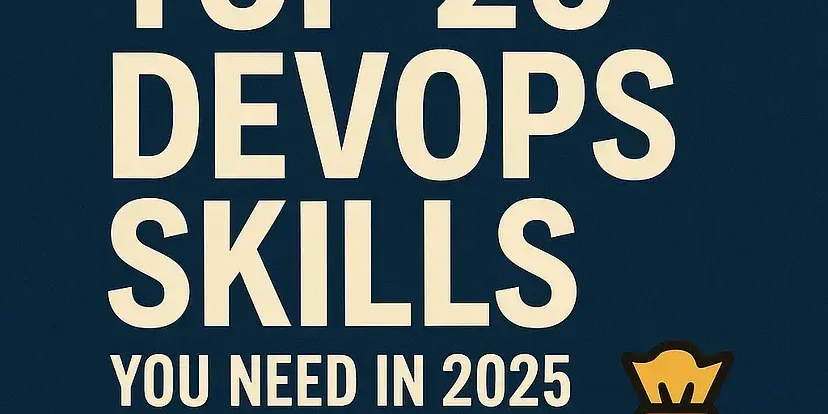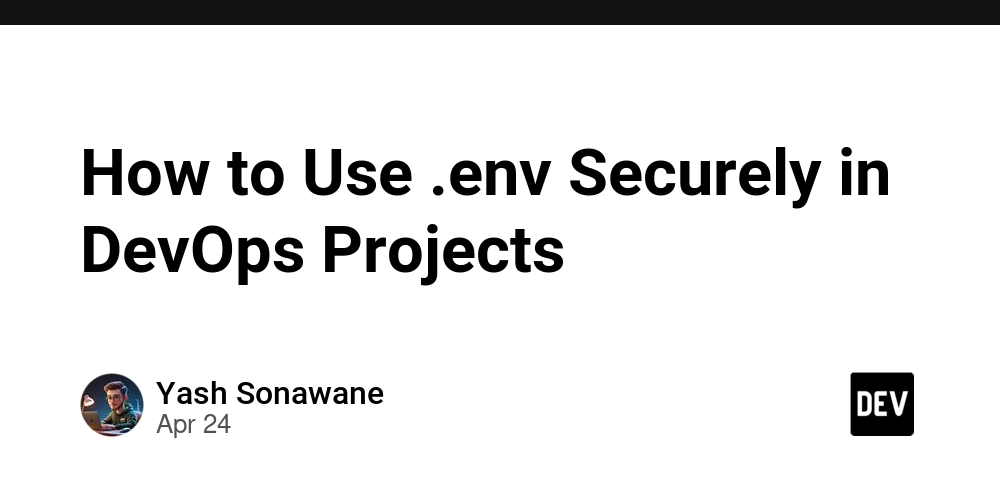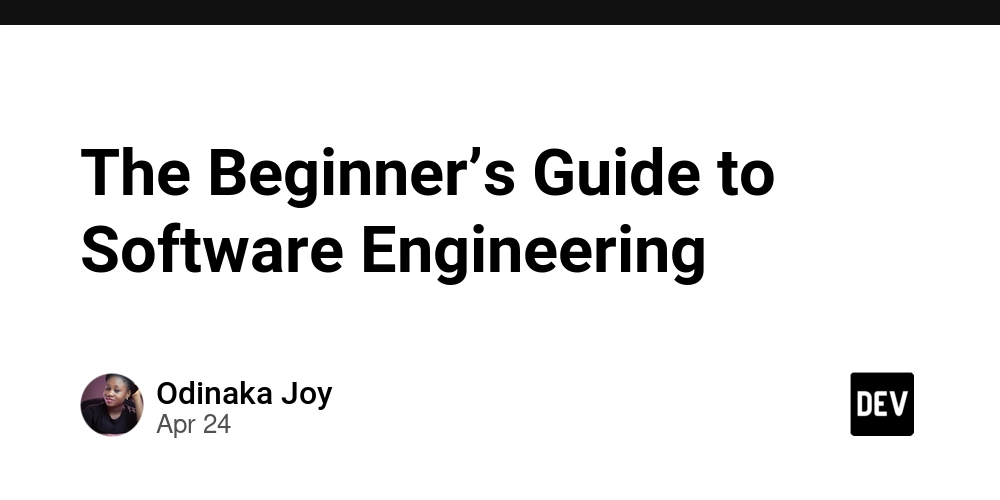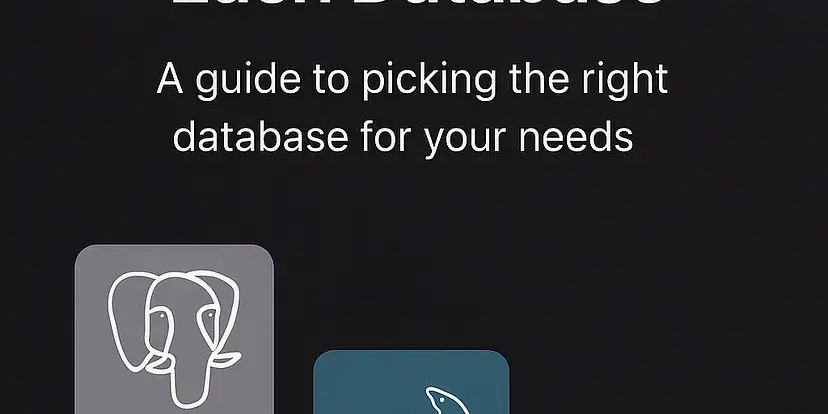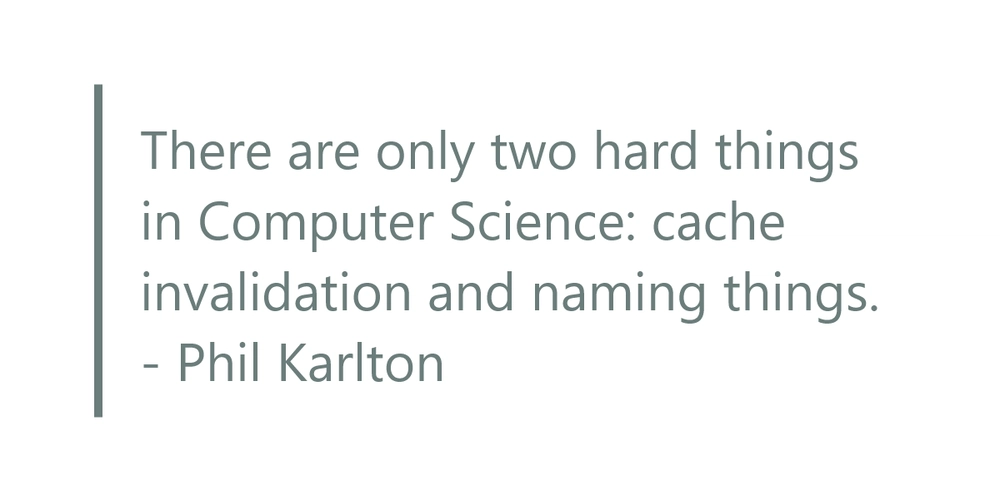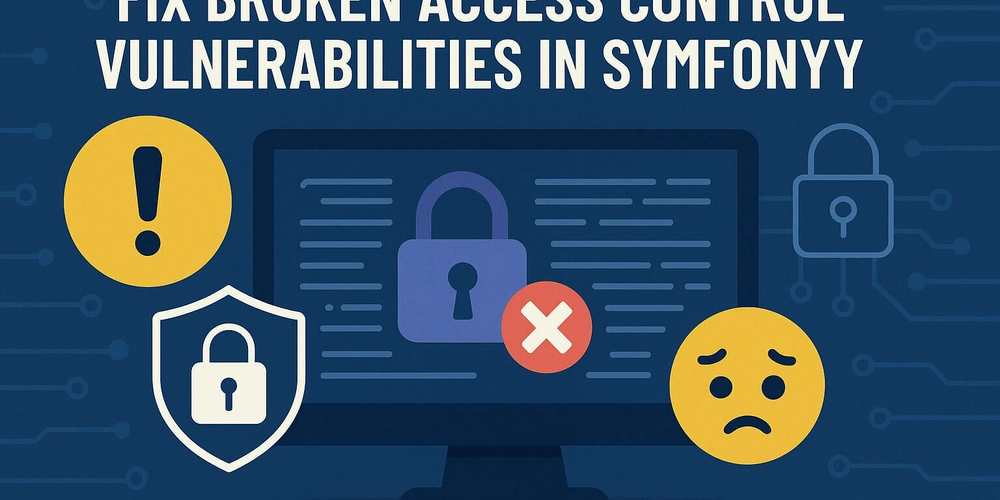Supercharge Your Code Reviews: Use ChatGPT for GitHub Pull Request Analysis
Tired of tedious code reviews? Discover how to leverage ChatGPT for in-depth GitHub pull request analysis, improving code quality and boosting developer productivity! This guide shows you how to set up a custom GPT action to get instant feedback on your code changes.
Why Use ChatGPT for GitHub Pull Request Reviews?
- Faster Feedback: Get immediate insights on code quality, security vulnerabilities, and adherence to best practices.
- Improved Code Quality: Ensure your code is secure, efficient, and meets organizational standards.
- Increased Productivity: Automate the initial review process, freeing up developers to focus on complex issues.
- Consistent Reviews: Maintain consistent code review standards across your entire team.
Setting Up Your ChatGPT GitHub Action for Pull Request Analysis
Here's a simplified guide to setting up your ChatGPT integration for GitHub pull requests:
1. Prerequisites: What You'll Need
Before you start, make sure you have:
- A GitHub account.
- A repository with an open pull request.
- Familiarity with GitHub API Documentation.
2. Generate a Fine-Grained GitHub Personal Access Token
This token allows ChatGPT to securely access your GitHub repository and post comments on pull requests.
- Go to your GitHub Settings > Developer settings > Fine-grained personal access tokens.
- Click "Generate new token."
- Give your token a descriptive name (e.g., "ChatGPT Code Review").
- Set an expiration date.
- Grant the necessary permissions:
read:contentandread&write:pull_requests. - Copy and store the token securely!
3. Configure Your Custom GPT with GitHub Pull Request Integration
This involves setting up the instructions and OpenAPI schema for your custom GPT.
Custom GPT Instructions
Copy and paste these instructions into the "Instructions" panel of your custom GPT:
# Context: You support software developers by providing detailed information about their pull request diff content from repositories hosted on GitHub. You help them understand the quality, security and completeness implications of the pull request by providing concise feedback about the code changes based on known best practices. The developer may elect to post the feedback (possibly with their modifications) back to the Pull Request. Assume the developer is familiar with software development.
# Instructions:
## Scenarios
### - When the user asks for information about a specific pull request, follow this 5 step process:
1. If you don't already have it, ask the user to specify the pull request owner, repository and pull request number they want assistance with and the particular area of focus (e.g., code performance, security vulnerabilities, and best practices).
2. Retrieve the Pull Request information from GitHub using the getPullRequestDiff API call, owner, repository and the pull request number provided.
3. Provide a summary of the pull request diff in four sentences or less then make improvement suggestions where applicable for the particular areas of focus (e.g., code performance, security vulnerabilities, and best practices).
4. Ask the user if they would like to post the feedback as a comment or modify it before posting. If the user modifies the feedback, incorporate that feedback and repeat this step.
5. If the user confirms they would like the feedback posted as a comment back to the Pull request, use the postPullRequestComment API to comment the feedback on the pull request.
OpenAPI Schema
Add the OpenAPI schema to the "Actions" panel of your custom GPT:
Authentication
Configure authentication for your custom GPT.
- In ChatGPT, click on "Authentication" and choose "API Key".
- Set "Auth Type:" to "Bearer".
- In "API Key" paste in your personal access token:
<personal_access_token>.
4. Test Your GPT Pull Request Analysis Tool
Now, it's time to see your AI code reviewer in action!
- Use a prompt like: "Can you review my pull request? owner:
<org_name>, repo:<repo_name>, pull request number:<PR_Number>". - Expect a summary of the changes, quality and security feedback, and the option to post the feedback (modified or not) directly to the pull request as a comment.
Real-World Examples of ChatGPT Code Review in Action
- Security Vulnerability Detection: ChatGPT identifies potential security flaws in your code and suggests fixes.
- Code Style Enforcement: Ensures code adheres to predefined style guides and best practices.
- Performance Optimization: Suggests ways to improve code efficiency and reduce resource consumption.
Takeaway: Code Review Automation with ChatGPT for GitHub
By integrating ChatGPT with GitHub, you can automate code reviews, improve code quality, and increase developer productivity with a powerful, AI-driven process for GitHub pull request analysis. Start today and transform your code review process!
